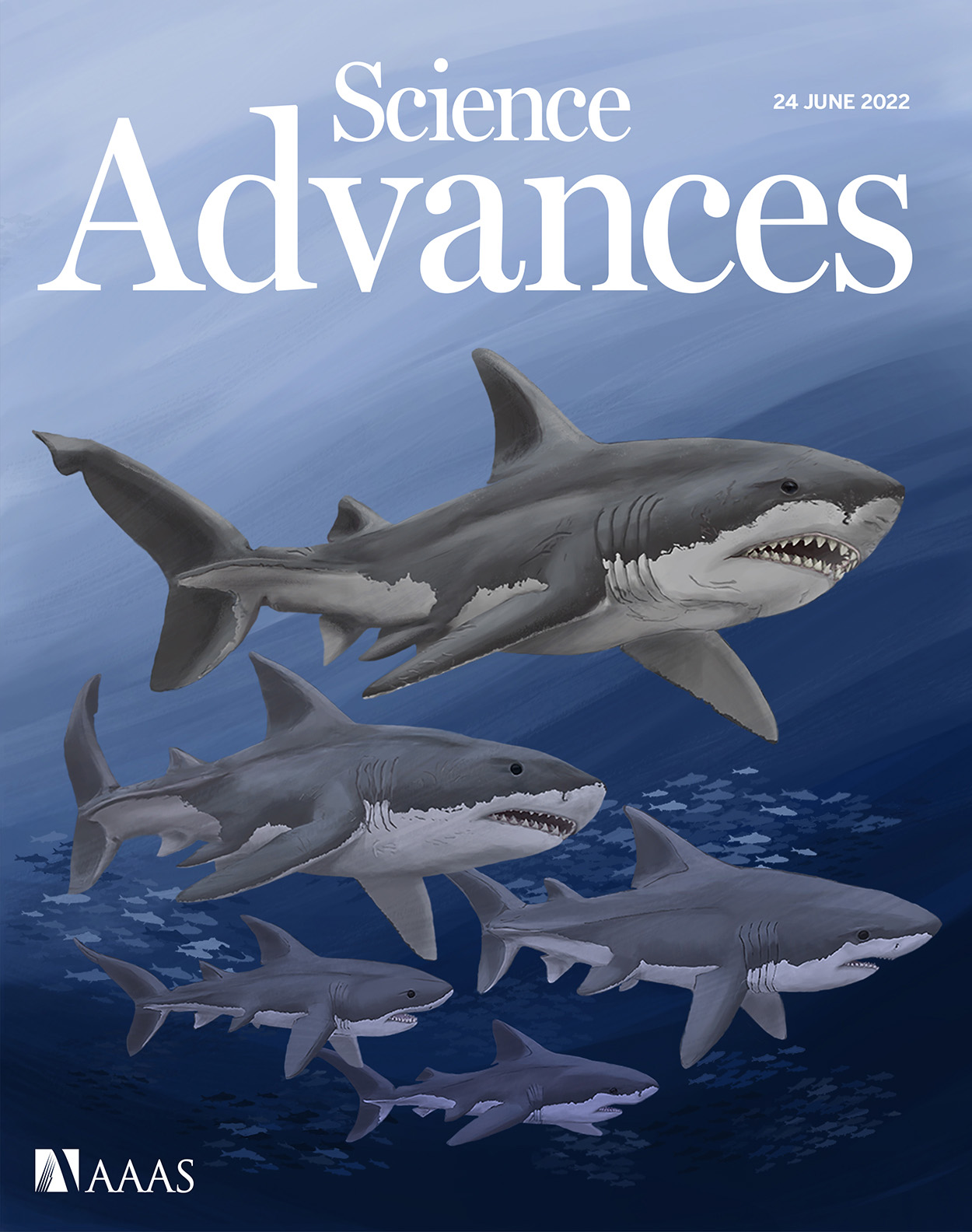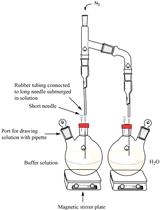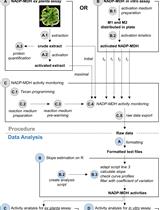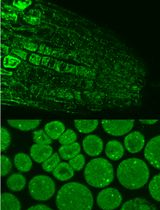- EN - English
- CN - 中文
An in vitro Assay to Probe the Formation of Biomolecular Condensates
探测生物分子缩合物形成的体外测定
发布: 2023年09月05日第13卷第17期 DOI: 10.21769/BioProtoc.4813 浏览次数: 2969
评审: Emilia KrypotouLu LiuAnonymous reviewer(s)
Abstract
Biomolecular condensates are membrane-less assemblies of proteins and nucleic acids formed through liquid–liquid phase separation (LLPS). These assemblies are known to temporally and spatially regulate numerous biological activities and cellular processes in plants and animals. In vitro phase separation assay using recombinant proteins represents one of the standard ways to examine the properties of proteins undergoing LLPS. Here, we present a detailed protocol to investigate in vitro LLPS using in vitro expressed and purified recombinant proteins.
Keywords: Biomolecular condensates (生物分子缩合物)Background
Liquid–liquid phase separation (LLPS) is mostly triggered by multivalent interactions between macromolecules including proteins and nucleic acids (Boeynaems et al., 2018). Several factors, such as protein concentration, pH, post-translational modifications, or the presence of other molecules, affect the process of phase separation by affecting the multivalent interactions (Saha et al., 2016; Dao et al., 2018; Dignon et al., 2020; Li et al., 2022). Both in vitro and in vivo strategies have been developed to test whether a protein undergoes LLPS, including the in vitro phase separation using recombinant proteins and fluorescence recovery after photobleaching (FRAP). In vitro phase separation assay offers a simple and fast detection method and is necessary to determine whether a protein undergoes phase separation. This approach could be used to evaluate any protein of interest. In this protocol, we take GFP and GFP-HRLP (Zhang et al., 2022) as examples to present a step-by-step guide for this approach.
Materials and reagents
pGEX-6p-2 vector (Pharmacia, 27-4598-01)
Primers used to construct GST-GFP and GST-GFP-HRLP:
GST-GFP-F-BamHI: 5′-CGCGGATCCATGAGTAAAGGAGAAGAACT-3′
GST-GFP-R-EcoRI: 5′-CCGGAATTCTTTGTATAGTTCATCCATGC-3′
HRLP-F-SalI: 5′-ACGCGTCGACTCATGCCACCGAAGGTTGTGAAG-3′
HRLP-R-NotI: 5′-AAGGAAAAAAGCGGCCGCTCAGTAGTATGATCCTGGAC-3′
Rosetta (DE3) competent cells (Novagen, catalog number: 70954)
Ampicillin (Sigma-Aldrich, CAS number: 7177-48-2)
Isopropyl β-D-1-thiogalactopyranoside (IPTG) (Sigma-Aldrich, CAS number: 367-93-1)
Glutathione Sepharose beads (GE Healthcare, catalog number: GE17-0756-05)
PreScission protease (GE Healthcare, catalog number: 27-0843-01)
Bio-Rad protein assay dye reagent concentrate (Bio-Rad, catalog number: 5000006)
Bovine serum albumin (BSA) (Sigma-Aldrich, CAS number: 9048-46-8)
Precision Plus protein standard all blue marker (Bio-Rad, catalog number: 1610373)
PEG-8000 (Sigma-Aldrich, catalog number: 25322-68-3)
Hole microscope slide (BoliOptics, catalog number: SL39101004)
Cover glass (TRUSCO, catalog number: 122-9777)
Tryptone (Thermo Fisher Scientific, catalog number: 211705)
NaCl (Sigma-Aldrich, CAS number: 7647-14-5)
Yeast extract (Thermo Fisher Scientific, catalog number: 211929)
Agar (for LB plates) (BD, catalog number: 214010)
Methanol (Sigma-Aldrich, CAS number: 67-56-1)
Acetic acid (Sigma-Aldrich, CAS number: 64-19-7)
Coomassie Brilliant Blue R-250 (Bio-Rad, catalog number: 1610400)
Tris (Vivantis, catalog number: PR0612)
EDTA (Sigma-Aldrich, CAS number: 60-00-4)
Triton X-100 (Bio-Rad, catalog number: 1610407)
DTT (Roche, CAS number: 3483-12-3)
Complete EDTA-free protease inhibitor cocktail (Roche, catalog number: 5056489001)
Glycine (Bio-Rad, catalog number: 1610718)
SDS (Vivantis, catalog number: 151-21-3)
Acrylamide/bis 37.5:1 (Bio-Rad, catalog number: 1610158)
Ammonium persulfate (APS) (Sigma-Aldrich, catalog number: 7727-54-0)
TEMED (Bio-Rad, catalog number: 1610801)
LB medium (see Recipes)
Coomassie blue staining buffer (see Recipes)
Destaining solution (see Recipes)
Lysis buffer (see Recipes)
Cleavage buffer (see Recipes)
SDS running buffer (see Recipes)
10% sodium dodecyl sulfate polyacrylamide gel electrophoresis (SDS-PAGE) gel (see Recipes)
Recipes
LB medium
10 g/L tryptone
10 g/L NaCl
5 g/L yeast extract
15 g/L agar (for LB plates)
Coomassie blue staining buffer
20% methanol
10% acetic acid
0.1% Coomassie Brilliant Blue R-250
Destaining solution
20% methanol
10% acetic acid
Lysis buffer
10 mM Tris-HCl pH 8.0
15 mM NaCl
1 mM EDTA
1% Triton X-100
5 mM DTT
1× Complete EDTA-free protease inhibitor cocktail
Cleavage buffer
50 mM Tris-HCl pH 7.0
150 mM NaCl
1 mM EDTA
1 mM DTT
0.01% Triton X-100
SDS running buffer
3.03 g/L Tris
14.4 g/L glycine
1 g/L SDS
10% SDS-PAGE gel (for two 1.0 mm gels)
Separation gel:
4.1 mL of H2O
3.3 mL of 30% acrylamide/bis 37.5:1
2.5 mL of 1.5 M Tris-HCl pH 8.8
100 μL of 10% SDS
100 μL of APS
10 μL of TEMED
Stacking gel:
3.05 mL of H2O
0.65 mL of 30% Acrylamide/bis 37.5:1
0.625 mL of 1 M Tris-HCl pH 6.8
50 μL of 10% SDS
50 μL of APS
5 μL of TEMED
Equipment
Incubator (Panasonic, catalog number: 24127-88)
Shaker (INFORS, model: SKU BLE2000100)
Sonicator (Sonics, model: VCX-130)
Microcentrifuge (Thermo Fisher Scientific, catalog number: 75003424)
Centrifuge (Beckman Coulter, model: Allegra X-22)
Nutating mixer (Labnet, model: S0500-230V-EU)
Protein vertical electrophoresis cell (Bio-Rad, catalog number: 658004)
PowerPac power supply (Bio-Rad, catalog number: 1645070)
Confocal microscope (Olympus, model: FV3000)
Software
FV31-SW (Olympus)
Procedure
文章信息
版权信息
© 2023 The Author(s); This is an open access article under the CC BY-NC license (https://creativecommons.org/licenses/by-nc/4.0/).
如何引用
Readers should cite both the Bio-protocol article and the original research article where this protocol was used:
- Zhang, Y. and shen, L. (2023). An in vitro Assay to Probe the Formation of Biomolecular Condensates. Bio-protocol 13(17): e4813. DOI: 10.21769/BioProtoc.4813.
- Zhang, Y., Fan, S., Hua, C., Teo, Z. W. N., Kiang, J. X., Shen, L. and Yu, H. (2022). Phase separation of HRLP regulates flowering time in Arabidopsis. Sci. Adv. 8(25): eabn5488.
分类
生物化学 > 蛋白质 > 荧光
植物科学 > 植物生物化学 > 蛋白质 > 活性
您对这篇实验方法有问题吗?
在此处发布您的问题,我们将邀请本文作者来回答。同时,我们会将您的问题发布到Bio-protocol Exchange,以便寻求社区成员的帮助。
提问指南
+ 问题描述
写下详细的问题描述,包括所有有助于他人回答您问题的信息(例如实验过程、条件和相关图像等)。
Share
Bluesky
X
Copy link













